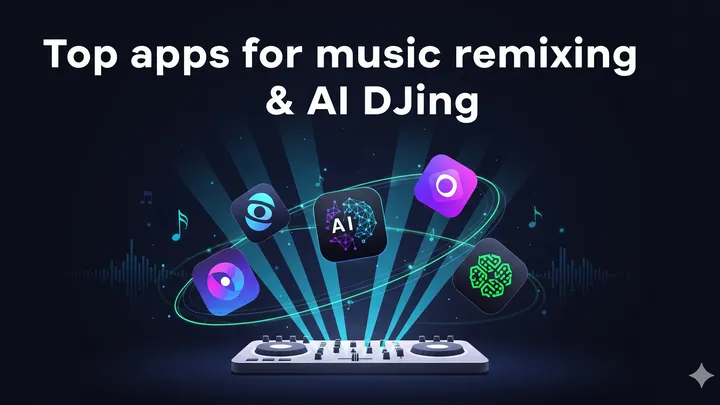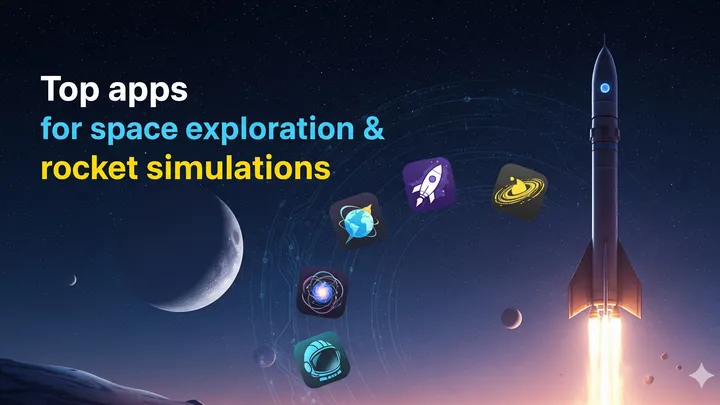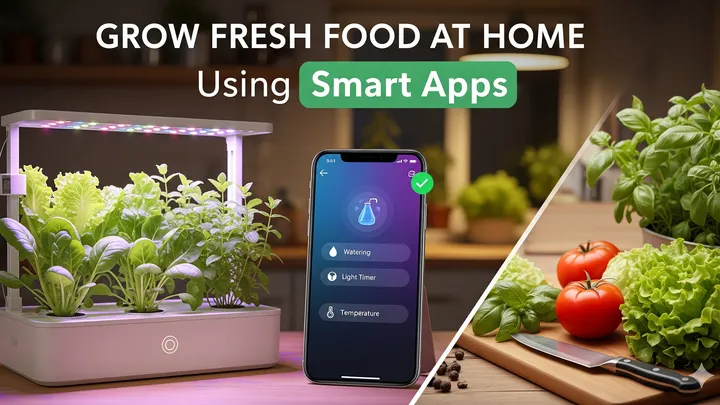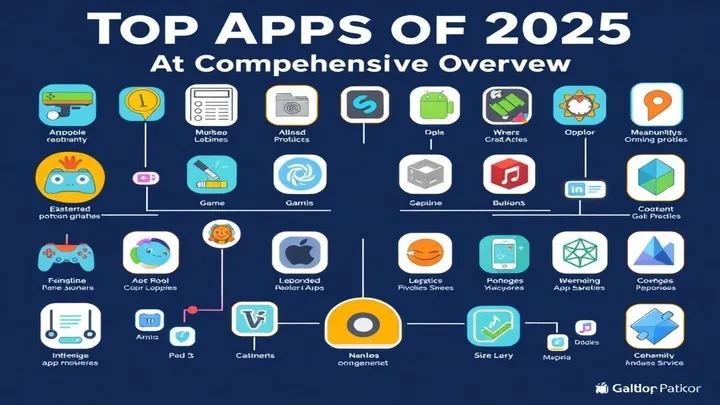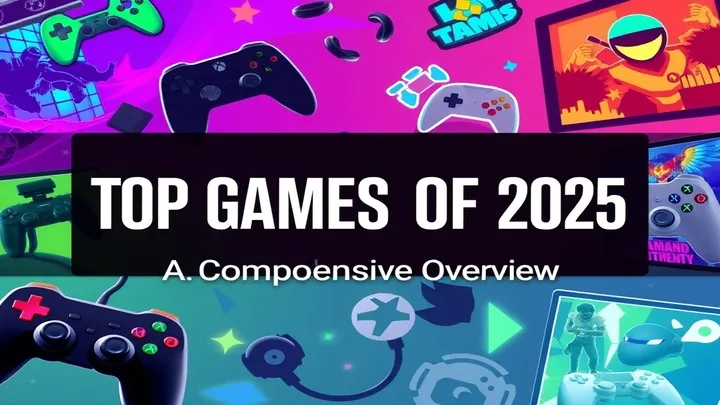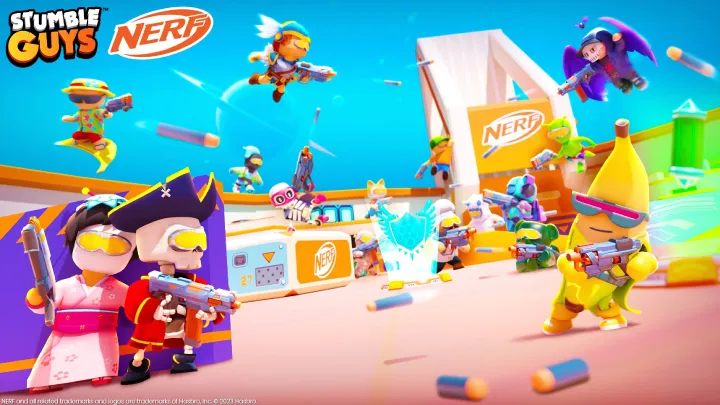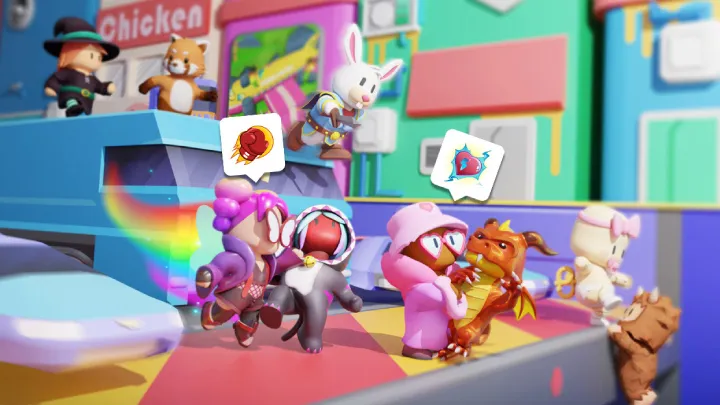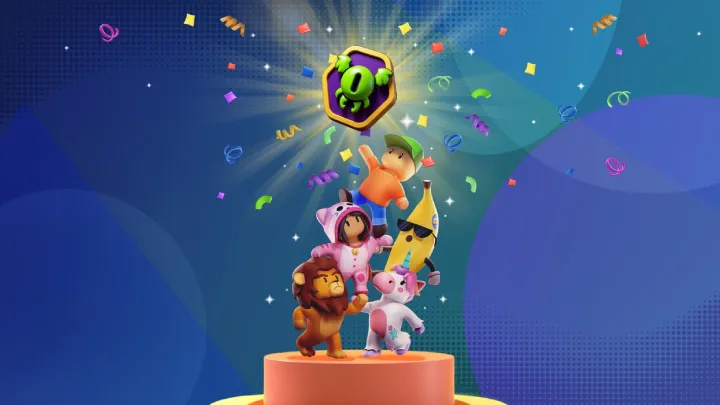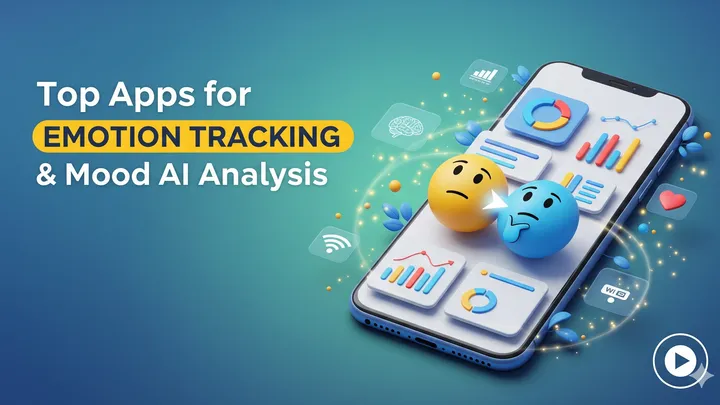The fascination with outer space has been a constant throughout human history. From Galileo’s first telescope to NASA’s moon landing, the quest to understand the cosmos has defined generations. Today, this fascination has entered the digital age. Instead of relying solely on documentaries or textbooks, space enthusiasts can now explore galaxies, simulate rocket launches, and even plan interplanetary travel right from their smartphones and tablets.
Space exploration apps and rocket simulation apps are bridging the gap between curiosity and experience. They offer interactive learning, hands-on simulations, and immersive journeys into the mysteries of the universe. Whether you are a student, hobbyist, or aspiring astronaut, these apps bring the cosmos closer than ever before.
In this article, we will explore the top apps for space exploration and rocket simulations that are redefining how we interact with the universe in 2025.
Why Space Exploration Apps Matter Today
Before diving into the apps themselves, it’s important to understand why space-related digital tools are in high demand.
- Education and Learning
- Space exploration apps help students grasp complex scientific concepts. Through visuals, simulations, and AR/VR technology, learning becomes engaging and interactive.
- Accessibility for All
- Not everyone has access to a telescope or a space observatory. These apps democratize exploration, allowing anyone to observe planets, stars, and galaxies from home.
- Simulation of Real Missions
- Rocket simulation apps allow users to understand how rockets are designed, launched, and operated—skills that are valuable for future aerospace engineers.
- Inspiring the Next Generation
- With gamification, AR/VR, and interactive features, these apps inspire children and adults alike to dream of becoming astronauts or aerospace scientists.
Top Space Exploration Apps
1. NASA App
The NASA App is an essential tool for anyone fascinated by space. Offering real-time updates from NASA missions, it allows users to watch live streams, view satellite images, and read about the latest discoveries.
- Key Features:
- Live coverage of rocket launches and space station updates
- High-resolution images from telescopes and satellites
- AR features to explore 3D models of spacecraft
- Educational videos and news updates
- Why It Stands Out:
- It’s official, authoritative, and constantly updated by NASA itself. Perfect for both casual learners and hardcore enthusiasts.
2. SkySafari
For those who love stargazing, SkySafari turns your phone into a powerful planetarium. Simply point your device at the sky, and it will identify stars, planets, and constellations.
- Key Features:
- Augmented reality star maps
- Detailed information on 120,000 stars, 200+ star clusters, and deep-sky objects
- Simulation of night skies for past and future dates
- Telescope control for compatible hardware
- Why It Stands Out:
- SkySafari is not just an app—it’s an astronomer’s tool, combining real-time identification with vast educational content.
3. Star Walk 2
Star Walk 2 is designed for beginners and casual stargazers who want an easy-to-use interface. Its visual appeal and interactive features make exploring the night sky fun.
- Key Features:
- Beautifully designed star maps with vibrant graphics
- Time-travel feature to see how the sky looked in the past
- Notifications about upcoming celestial events
- Augmented reality stargazing mode
- Why It Stands Out:
- It’s highly accessible, visually stunning, and ideal for families or students just starting their space journey.
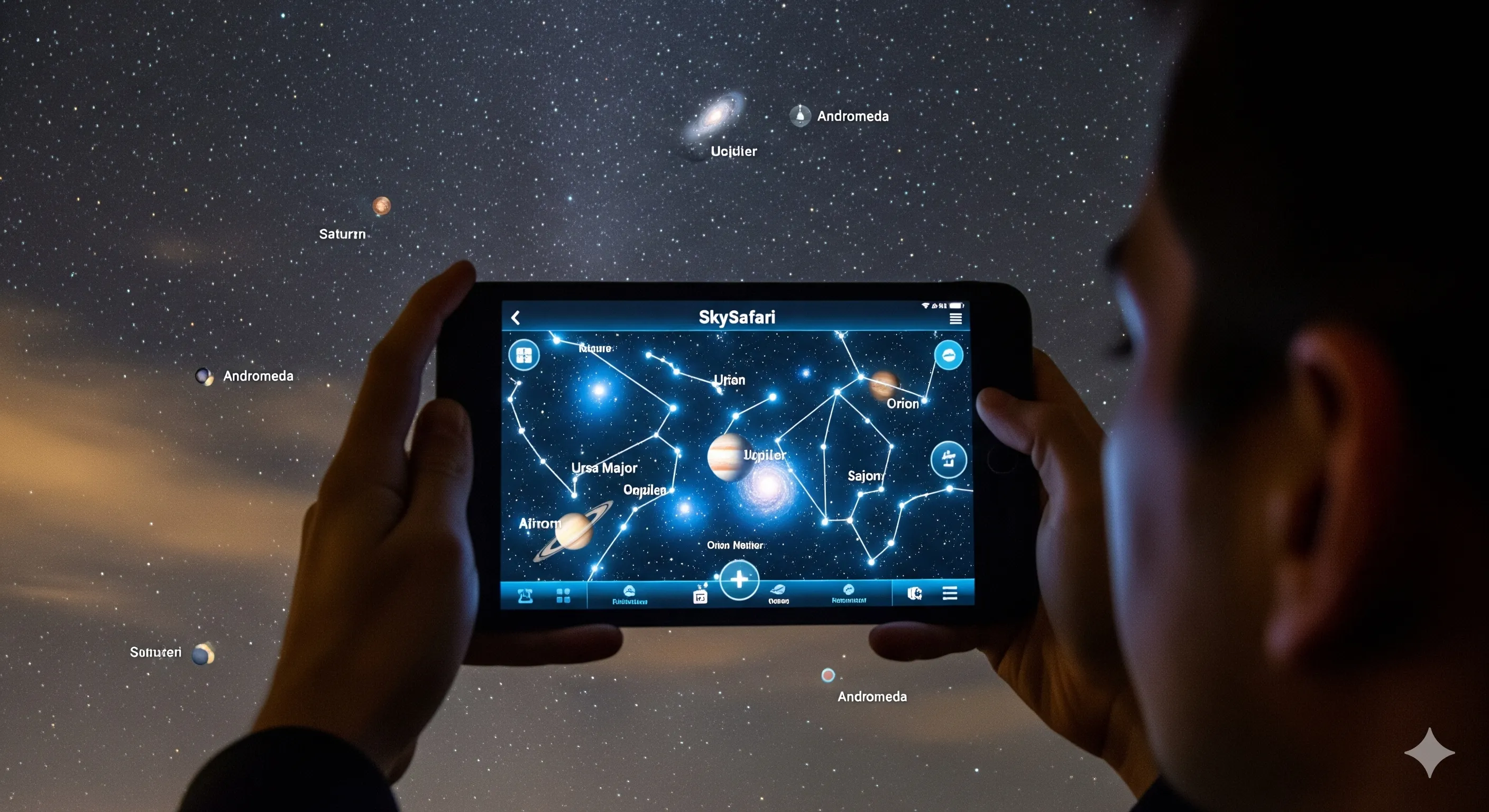
4. Solar Walk 2
For those curious about our solar system, Solar Walk 2 offers a 3D model that allows users to explore planets, moons, asteroids, and comets.
- Key Features:
- Realistic 3D solar system model
- Information on each planet’s history, atmosphere, and missions
- Educational animations about space phenomena
- Stunning high-resolution visuals
- Why It Stands Out:
- It feels like carrying a pocket-sized space museum, making it both educational and entertaining.
Top Rocket Simulation Apps
5. SimpleRockets 2
One of the most popular rocket simulation apps, SimpleRockets 2 allows users to design, build, and launch their own spacecraft.
- Key Features:
- Full 3D rocket construction system
- Realistic orbital mechanics and physics
- Planetary exploration missions
- Sandbox mode for creativity
- Why It Stands Out:
- Its accuracy in simulating real rocket physics makes it both fun and educational—ideal for aspiring engineers.
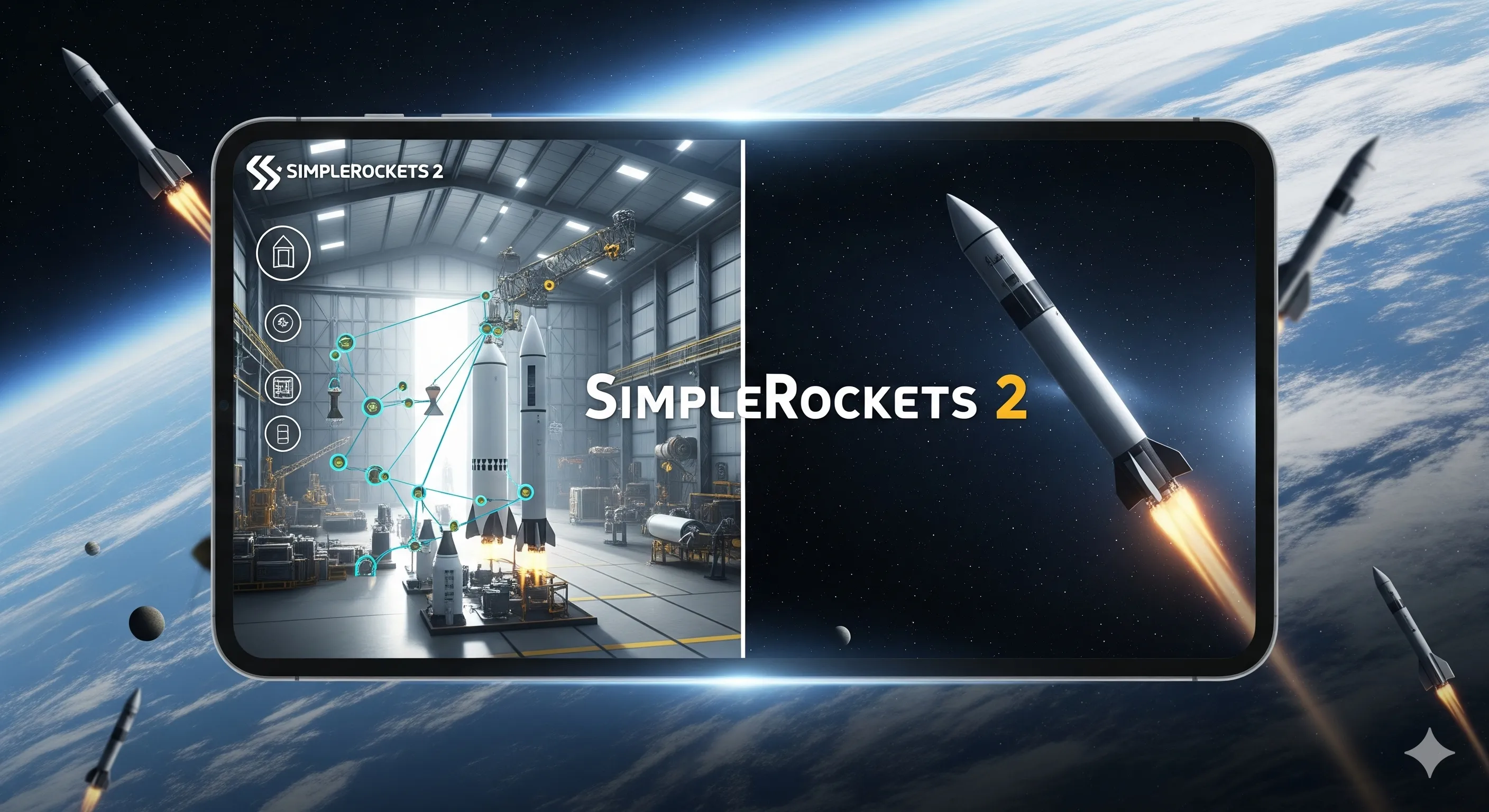
6. Spaceflight Simulator
Spaceflight Simulator has gained a loyal following among space enthusiasts. It focuses on realistic rocket launches and orbital maneuvers.
- Key Features:
- Custom rocket building
- Accurate planetary physics
- Real-time trajectory plotting
- Community-driven mods and spacecraft designs
- Why It Stands Out:
- The app combines simplicity with realism, making it accessible for beginners while still challenging for advanced users.
7. Kerbal Space Program (Mobile Edition)
Although originally a PC game, Kerbal Space Program (KSP) has expanded into mobile platforms, bringing its quirky yet educational gameplay to wider audiences.
- Key Features:
- Rocket design with modular parts
- Physics-driven gameplay requiring problem-solving
- Missions that simulate real space challenges
- Fun and humorous design with Kerbal characters
- Why It Stands Out:
- KSP combines entertainment with realistic simulations, making space exploration both challenging and fun.
Benefits of Using Space Apps and Rocket Simulators
These apps are not just entertainment—they provide real benefits:
- STEM Learning: Encourages interest in science, technology, engineering, and mathematics.
- Critical Thinking: Simulations require problem-solving and creativity.
- Global Accessibility: Makes space education accessible to people worldwide.
- Community Building: Many apps foster global communities of space enthusiasts who share tips and designs.
The Future of Space Exploration Apps
As technology evolves, the next generation of space apps will integrate AI, VR, and AR to create even more immersive experiences. Imagine:
- VR-based stargazing where you can walk on the Moon’s surface.
- AI-powered rocket design assistants that optimize fuel usage.
- Multiplayer exploration where teams collaborate on virtual missions to Mars.
These innovations will continue to inspire millions, bridging the gap between imagination and reality.
Conclusion
Space exploration and rocket simulation apps have transformed how we engage with the cosmos. From NASA’s official updates to immersive rocket simulators like SimpleRockets 2 and Spaceflight Simulator, these digital tools make space accessible, interactive, and inspiring.
Whether you are gazing at the stars, building your first rocket, or following NASA’s next mission, these apps prove that the universe is no longer beyond reach—it’s right in your pocket.
In 2025 and beyond, space exploration is not just for astronauts—it’s for everyone with a smartphone and a dream.








